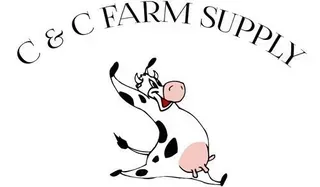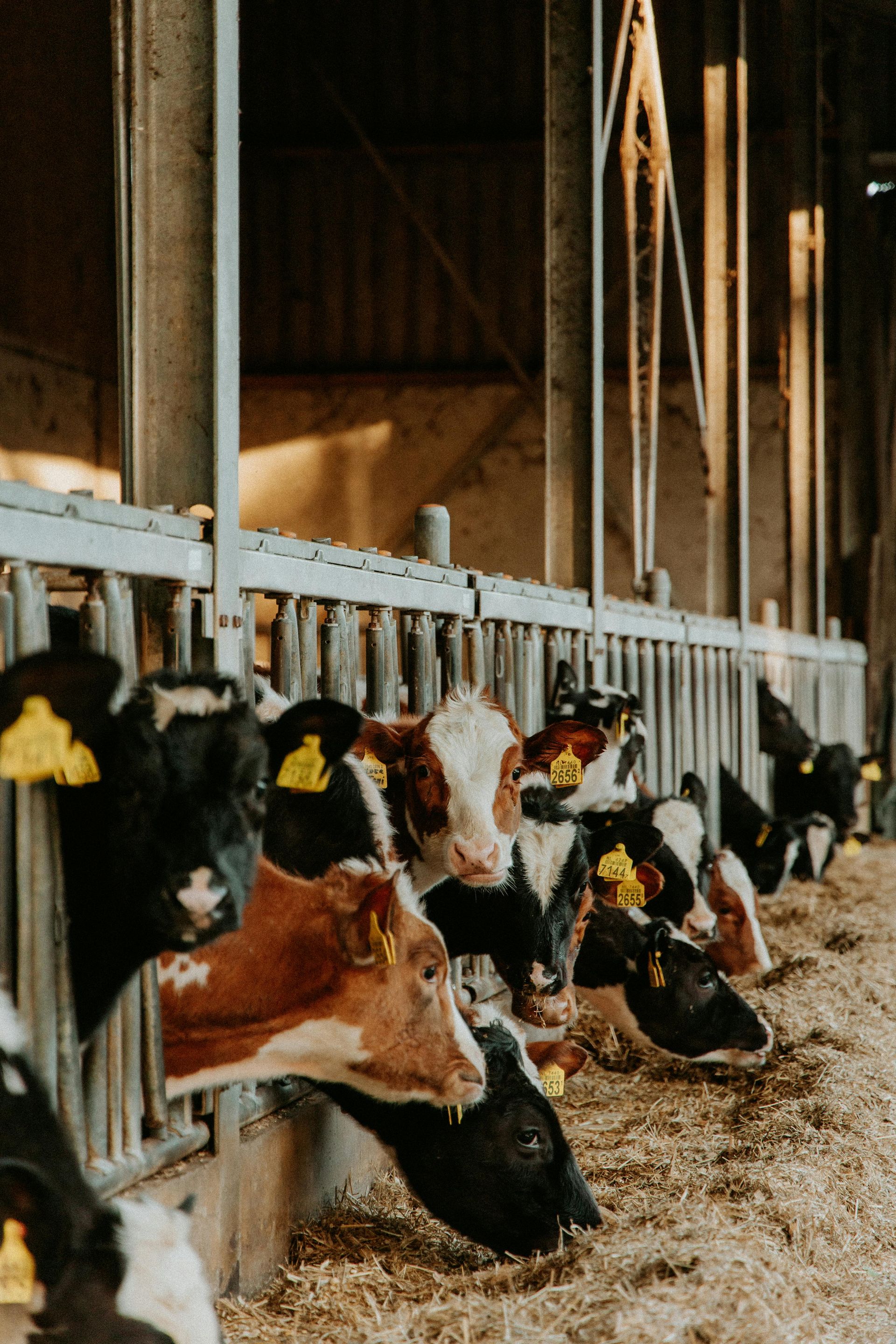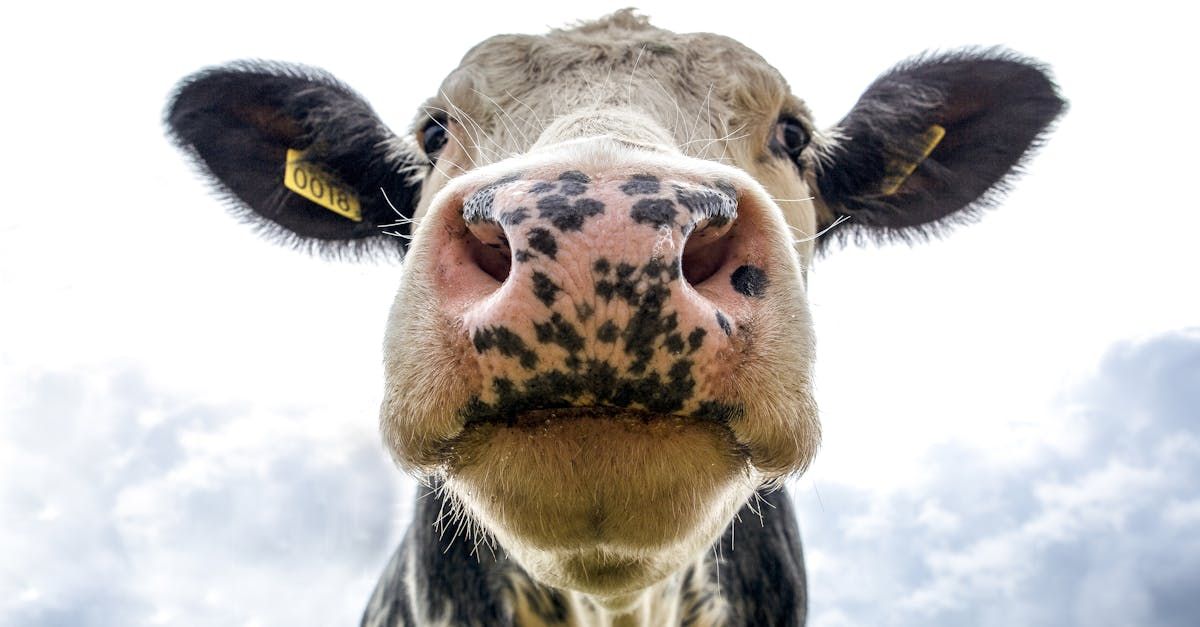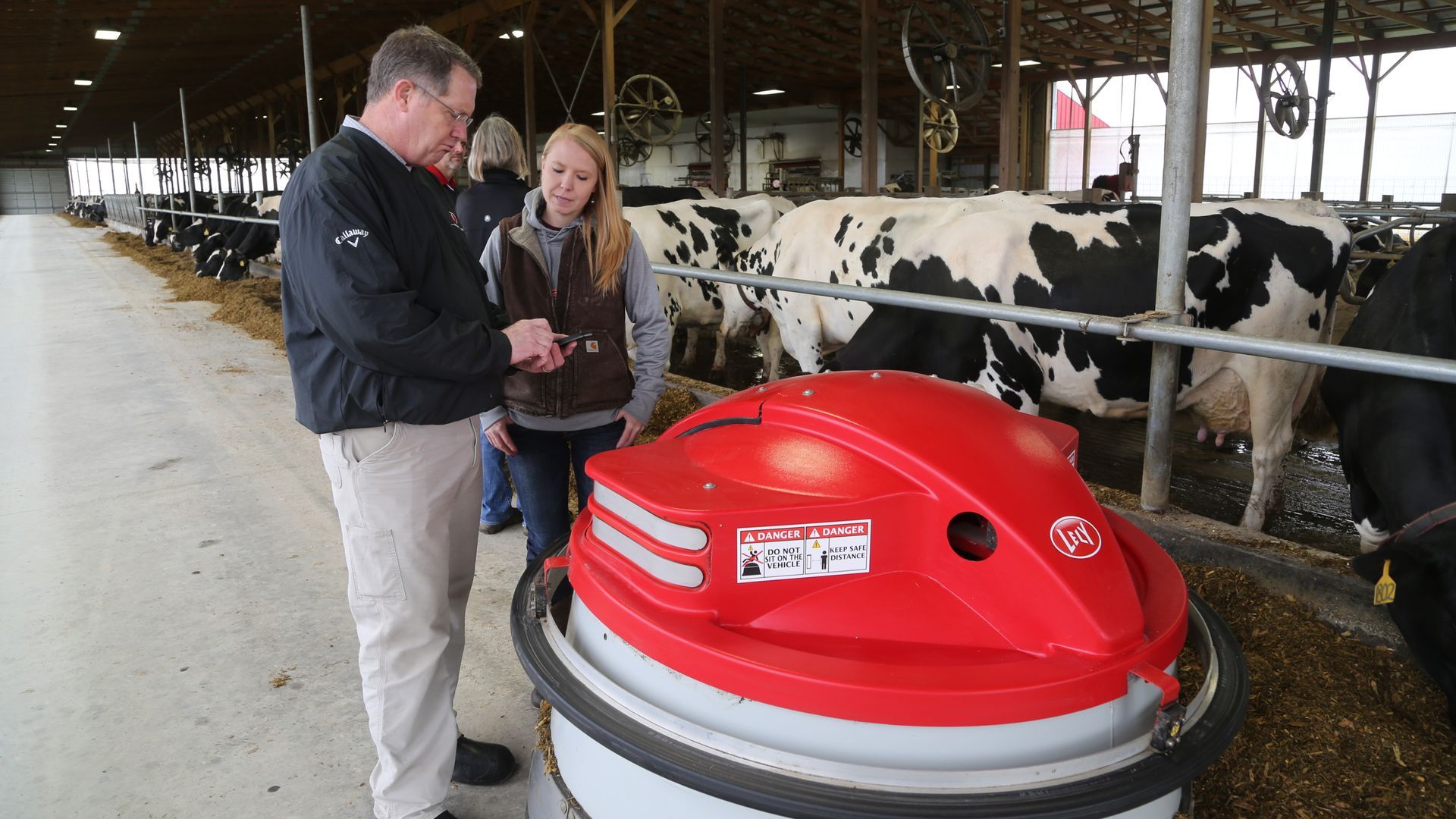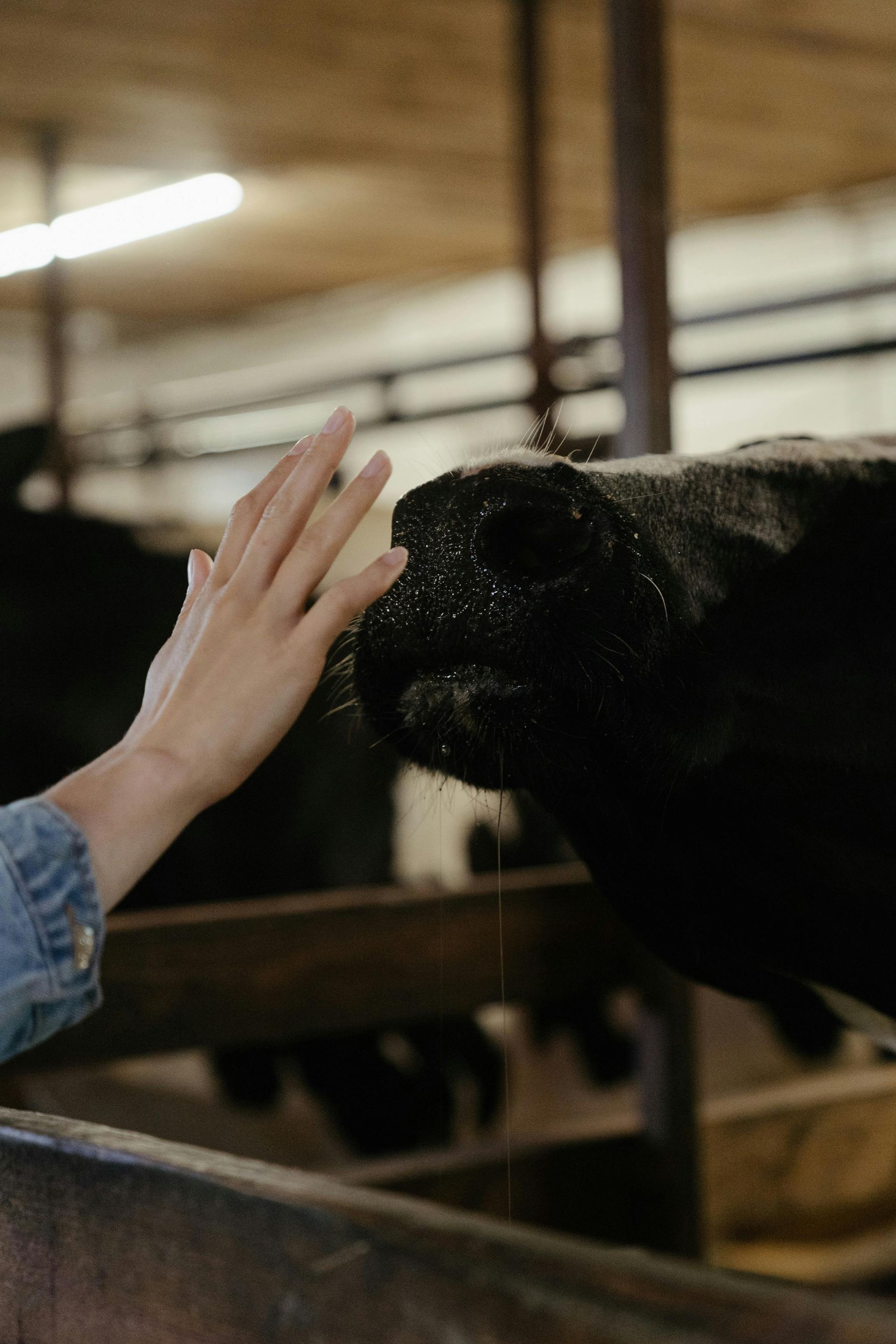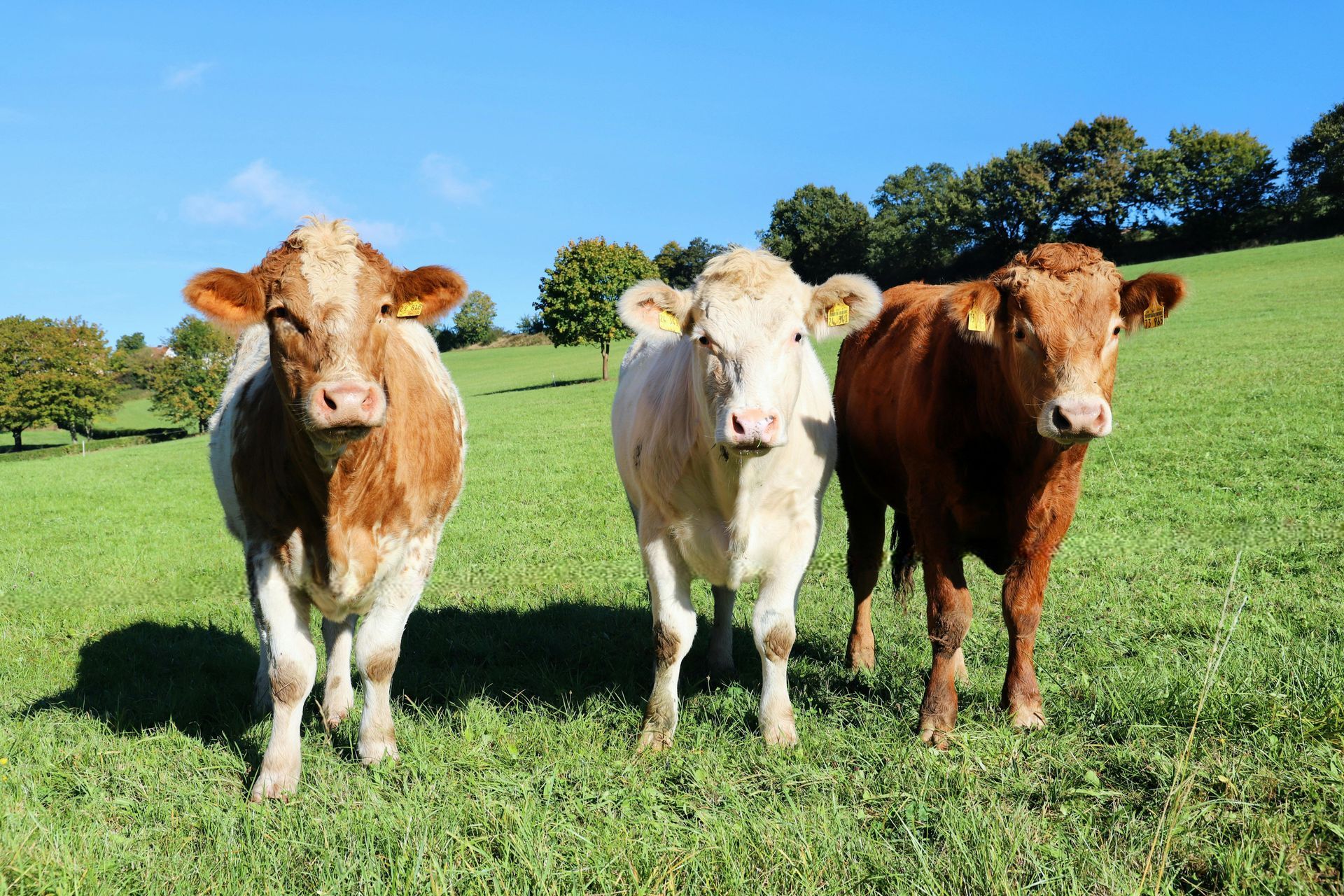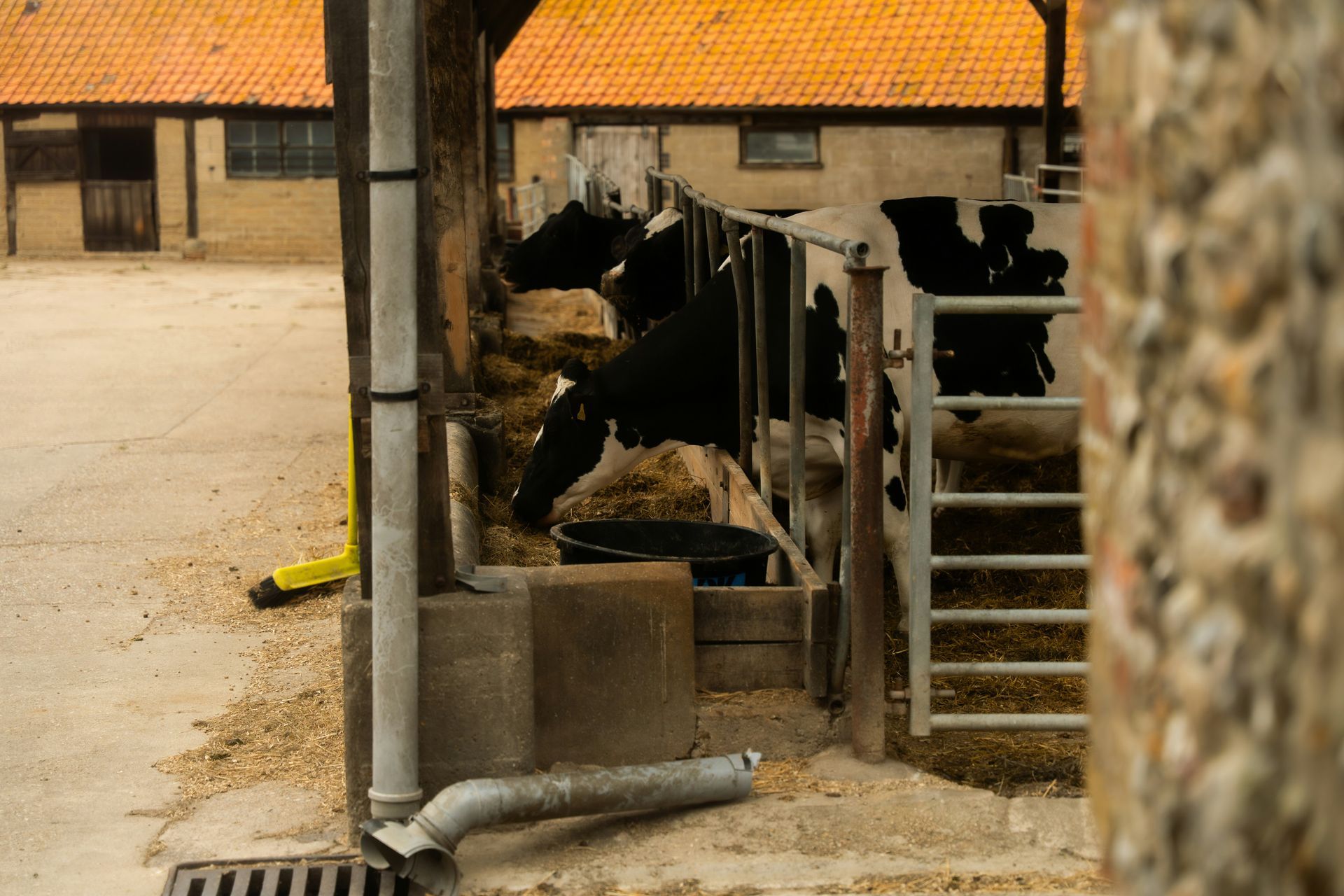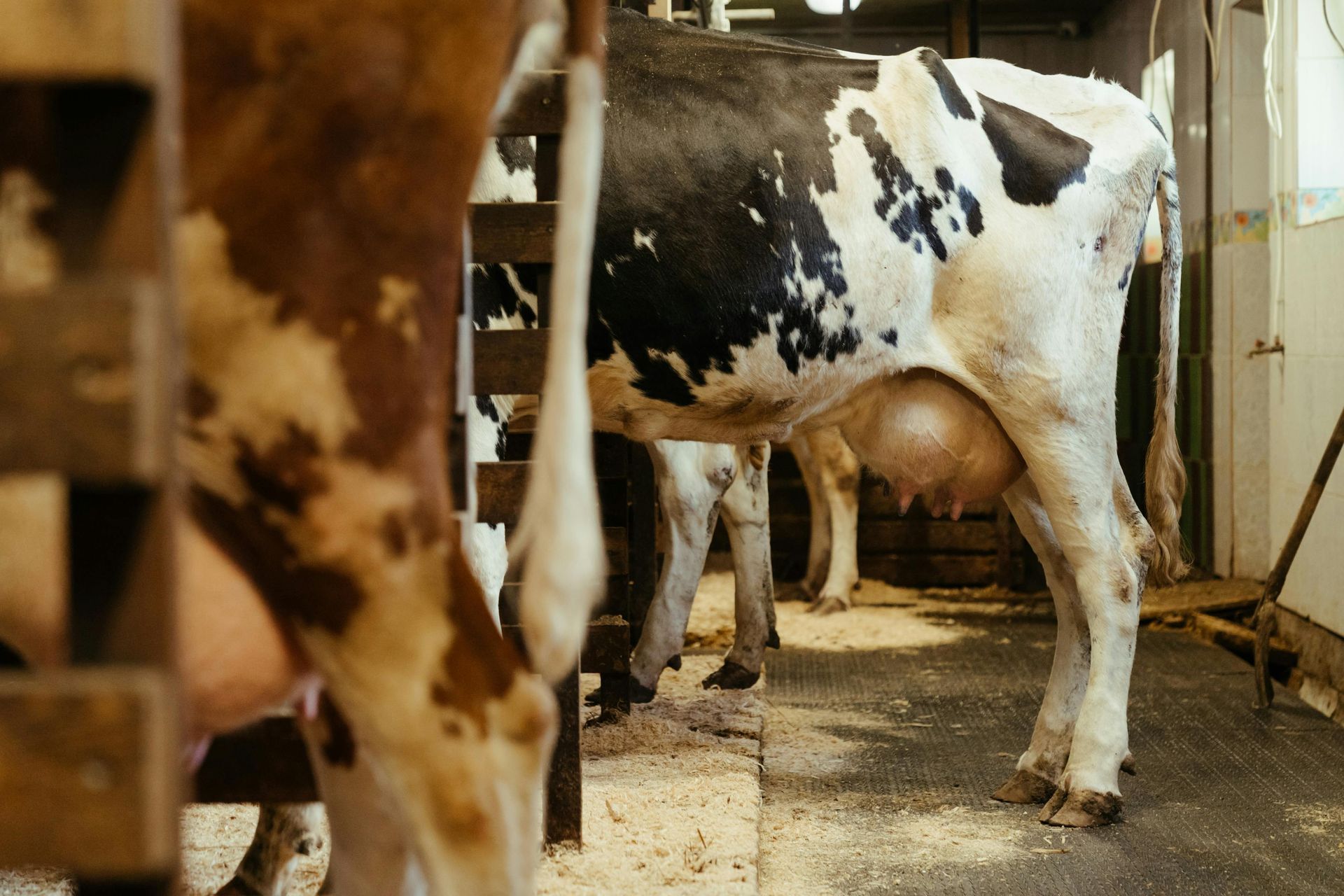How Milking Equipment Impacts Herd Health & Productivity
When it comes to dairy farming, few things are more crucial than the health of your herd and the quality of your milk. Milking equipment plays a direct role in both. From the cleanliness of the system to the efficiency of milk extraction, the right tools can mean the difference between a thriving, productive herd and one plagued with issues like mastitis, stress, and decreased yield.
Modern milking technology is more than just a way to get milk from cow to tank. It’s an integrated part of herd management, animal welfare, and farm profitability. Whether you run a small family operation or a large-scale dairy business, understanding how your milking equipment affects herd health and productivity can help you make better decisions and improve your bottom line. To learn more about our experience and commitment to supporting local dairy operations, visit our About Us page.
Key Takeaways
- Poorly maintained or outdated machines can lead to mastitis, tissue damage, and bacterial infections.
- Proper cleaning and sanitization of milking systems reduce the risk of bacterial contamination and disease spread.
- Incorrect vacuum levels or pulsation rates can cause pain and reduce milk letdown.
- Smart sensors and automated systems help monitor milk flow and cow health in real time.
- Regular servicing extends equipment life and keeps milking efficient and safe.
- Even with top-tier equipment, improper usage can harm animals and reduce productivity.
The Connection Between Milking Equipment and Udder Health
One of the most common health concerns in dairy herds is mastitis, an inflammation of the udder tissue usually caused by infection. This condition affects milk quality and quantity, and it can even lead to permanent damage if not addressed.
Milking equipment can either help prevent mastitis or be a major contributor to its development. For instance, if vacuum pressure is too high or the pulsation cycle is off, the cow’s teats can become irritated or cracked, making them more vulnerable to bacterial entry. Similarly, if the liners are worn out or not cleaned properly, they can harbor pathogens that spread from cow to cow during milking.
Routine checks of your system’s performance and hygiene protocols go a long way toward maintaining healthy udders. Look out for uneven milking, air leaks, or signs of physical discomfort in cows during milking, which often indicate equipment-related problems. For a deeper breakdown on how equipment affects udder health, see our guide to dairy farmer milking systems.
Impact on Milk Yield and Quality
Milking efficiency isn’t just about speed; it’s about how well the machine works with the cow’s physiology. Poorly calibrated equipment can stress cows, reducing their milk letdown reflex. This not only lowers yield but can also increase residual milk, which can impact milk quality and increase the risk of infection.
On the flip side, properly functioning equipment that is gentle and efficiently encourages full milk extraction without stressing the animal. High-yielding cows especially benefit from systems that adapt to their flow rate and comfort levels.
Also, when milking equipment is cleaned and sanitized correctly, the bacterial count in milk stays low. This ensures longer shelf life, better taste, and compliance with safety regulations.
The Role of Milking System Design
The design of your milking system matters as much as the condition of its parts. Whether it’s a herringbone parlor, rotary platform, or robotic milking stall, the goal is to streamline cow movement and minimize stress.
Systems that reduce time in the holding pen, provide easy access, and allow for quick yet complete milking tend to keep cows more relaxed. Stress directly affects milk production due to the release of cortisol, a hormone that inhibits oxytocin, which is essential for milk letdown.
Comfortable cows are productive cows. A well-designed setup ensures they feel safe, aren’t crowded, and can establish a predictable routine. A well-designed setup ensures they feel safe, aren’t crowded, and can establish a predictable routine. Explore some of our completed projects for inspiration on effective system layouts.
Technological Advancements in Milking Equipment
Today’s milking systems can do much more than extract milk. Modern setups include features like:
- Milk meters that track quantity and flow rate
- Conductivity sensors that detect early signs of mastitis
- Teat spray robots that apply disinfectants quickly and evenly
- Data integration with herd management software
These technologies help farmers catch health issues early, customize treatment plans, and even isolate problematic equipment or practices.
Automated and robotic milking machines are also on the rise. These systems allow cows to be milked on their own schedule, reducing stress and increasing productivity. Plus, the data gathered during each session can be used to track individual cow performance and health trends.
Importance of Equipment Maintenance
You can have the best milking system on the market, but without regular upkeep, it won’t serve your herd well. Common issues that arise from poor maintenance include:
- Inconsistent vacuum pressure
- Worn or damaged liners
- Sluggish pulsation rates
- Biofilm buildup in pipes and tanks
These problems can cause discomfort, slow down milking, and introduce harmful bacteria to the udder.
Preventative maintenance should include regular inspection of system components, replacing parts as recommended by the manufacturer, and performing scheduled deep cleans. For details on key performance upgrades to look for, read about milking system upgrade features.
Operator Training and Best Practices
Even the most advanced milking equipment can’t compensate for poor technique. That’s why training operators on how to use the system properly is essential.
Best practices include:
- Pre- and post-milking teat disinfection
- Proper teat preparation (fore-stripping, cleaning)
- Timely attachment and detachment of clusters
- Observing cow behavior for signs of stress or discomfort
- Monitoring for incomplete milk-outs or over-milking
The people operating the equipment are often the first line of defense against herd health issues. By making sure they’re well-trained and observant, you can avoid many preventable problems.
Customization for Cow Comfort
No two herds are the same, and your milking system should reflect that. Different breeds, ages, and health statuses can affect how a cow responds to milking.
Some systems allow for individual settings, adjusting vacuum levels or pulsation rates based on each cow’s needs. This kind of customization boosts productivity while protecting udder health.
Additionally, ergonomic stall design, rubber flooring, and proper ventilation all contribute to better cow comfort and easier milking sessions.
Frequently Asked Questions
How often should milking equipment be cleaned?
Milking equipment should be cleaned after every use. This includes rinsing with warm water, followed by a detergent cycle and a sanitizing rinse. A deeper clean is recommended weekly or as needed, especially if residue buildup is noticed.
What signs suggest that milking equipment may be harming my cows?
Look for signs such as swollen or cracked teats, inconsistent milk flow, sudden drops in milk yield, or cows showing signs of distress during milking. These could indicate issues like incorrect vacuum pressure, worn-out liners, or poor sanitation.
How can I reduce the risk of mastitis through equipment use?
Ensure the equipment is properly maintained, cleaned, and set up. Use correct vacuum and pulsation settings, perform routine liner changes, and practice good pre- and post-milking hygiene. Automated mastitis detection sensors can also help.
Are robotic milking systems better for herd health?
Robotic systems can offer advantages such as lower stress for cows, more consistent milking routines, and real-time health monitoring. However, their success depends on proper management, system upkeep, and cow acclimation.
How do I know if my milking system is working efficiently?
Track key performance indicators like milking duration, milk flow rates, somatic cell counts, and milk yield per cow. Regular inspections and professional system evaluations can also help identify and correct inefficiencies.
Final Thoughts
Milking equipment plays a central role in the overall health and productivity of your dairy herd. From ensuring gentle milk extraction to preventing infections and tracking performance, the right system can drive long-term success on your farm.
Maintaining a healthy balance between equipment efficiency, cow comfort, and proper hygiene is critical. Whether you’re using a traditional pipeline setup or a fully robotic milking station, regular maintenance, staff training, and smart data use will help you get the most out of your investment. In the end, happy cows mean better milk. And better milk means a stronger, more profitable dairy operation. Investing in the right tools and practices isn’t just good for business — it’s good for the animals that make it all possible. If you're considering an upgrade or need expert guidance on your current setup,
contact us to speak with our team of dairy equipment specialists.
